orthos logos
American Hexaptych
2018
Still, there is a violent contrast here, in this country, between the growing abstractness of a nuclear universe and a primary, visceral, unbounded vitality, springing not from rootedness, but from the lack of roots, a metabolic vitality, in sex and bodies, as well as in work and in buying and selling. Deep down, the US, with its space, its technological refinement, its bluff good conscience, even in those spaces which it opens up for simulation, is the only remaining primitive society. The fascinating thing is to travel through it as though it were the primitive society of the future, a society of complexity, hybridity, and the greatest intermingling, of a ritualism that is ferocious but whose superficial diversity lends it beauty, a society inhabited by a total metasocial fact with unforeseeable consequences, whose immanence is breathtaking, yet lacking a past through which to reflect on this, and therefore fundamentally primitive… Its primitivism has passed into the hyperbolic, inhuman character of a universe that is beyond us, that far outstrips its own moral, social, or ecological rationale. […] A Puritan obsession with origins in the very place where the ground itself has already gone. An obsession with finding a niche, a contact, precisely at the point where everything unfolds in an astral indifference. There is a sort of miracle in the insipidity of artificial paradises, so long as they achieve the greatness of an entire (un)culture. In America, space lends a sense of grandeur even to the insipidity of the suburbs and ‘funky towns’. The desert is everywhere, preserving insignificance. A desert where the miracle of the car, of ice and whisky is daily re-enacted: a marvel of easy living mixed with the fatality of the desert. A miracle of obscenity that is genuinely American: a miracle of total availability, of the transparency of all functions in space, though this latter nonetheless remains unfathomable in its vastness and can only be exorcised by speed. The Italian miracle: that of stage and scene. The American miracle: that of the obscene. The profusion of sense, as against the deserts of meaninglessness.
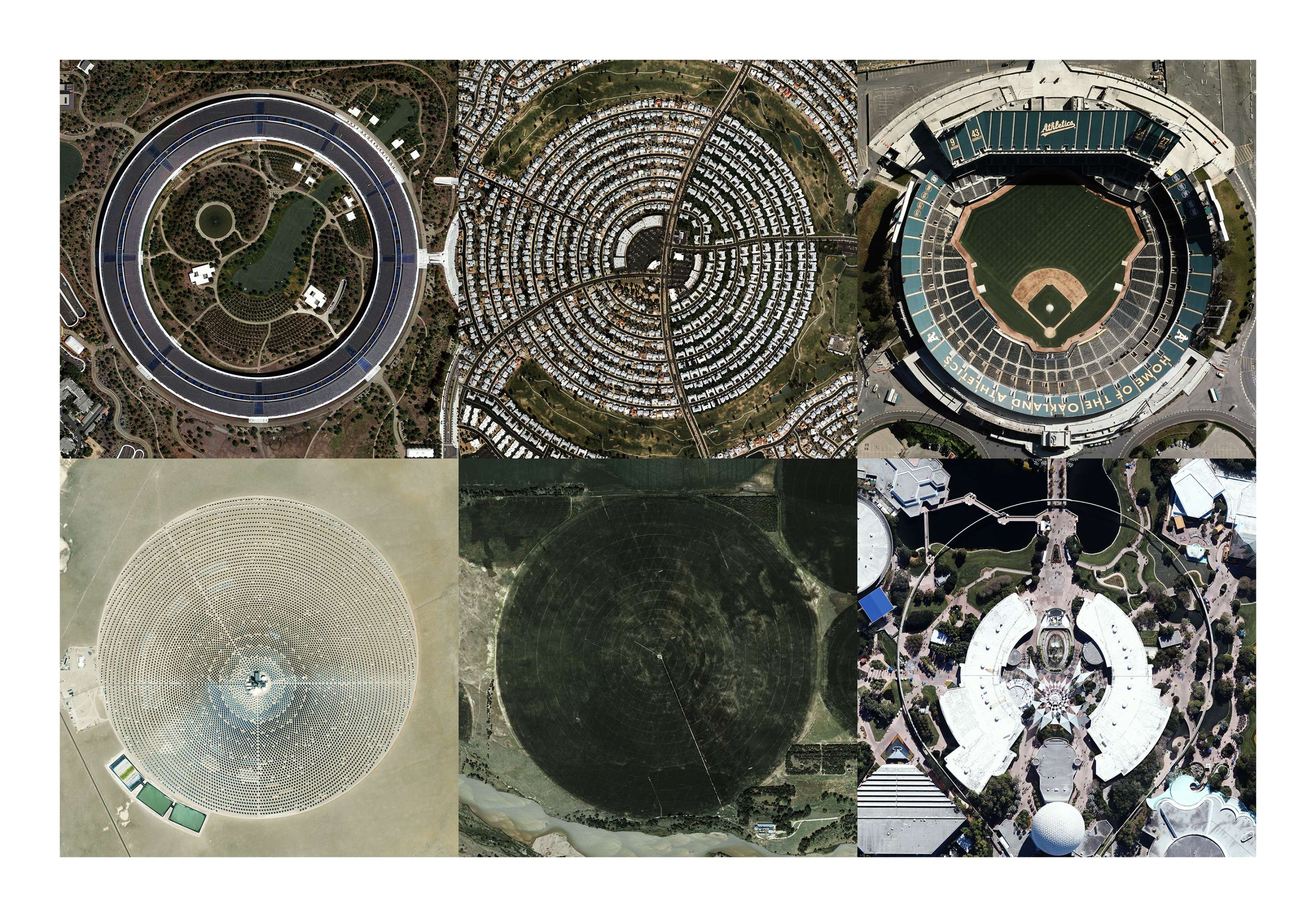
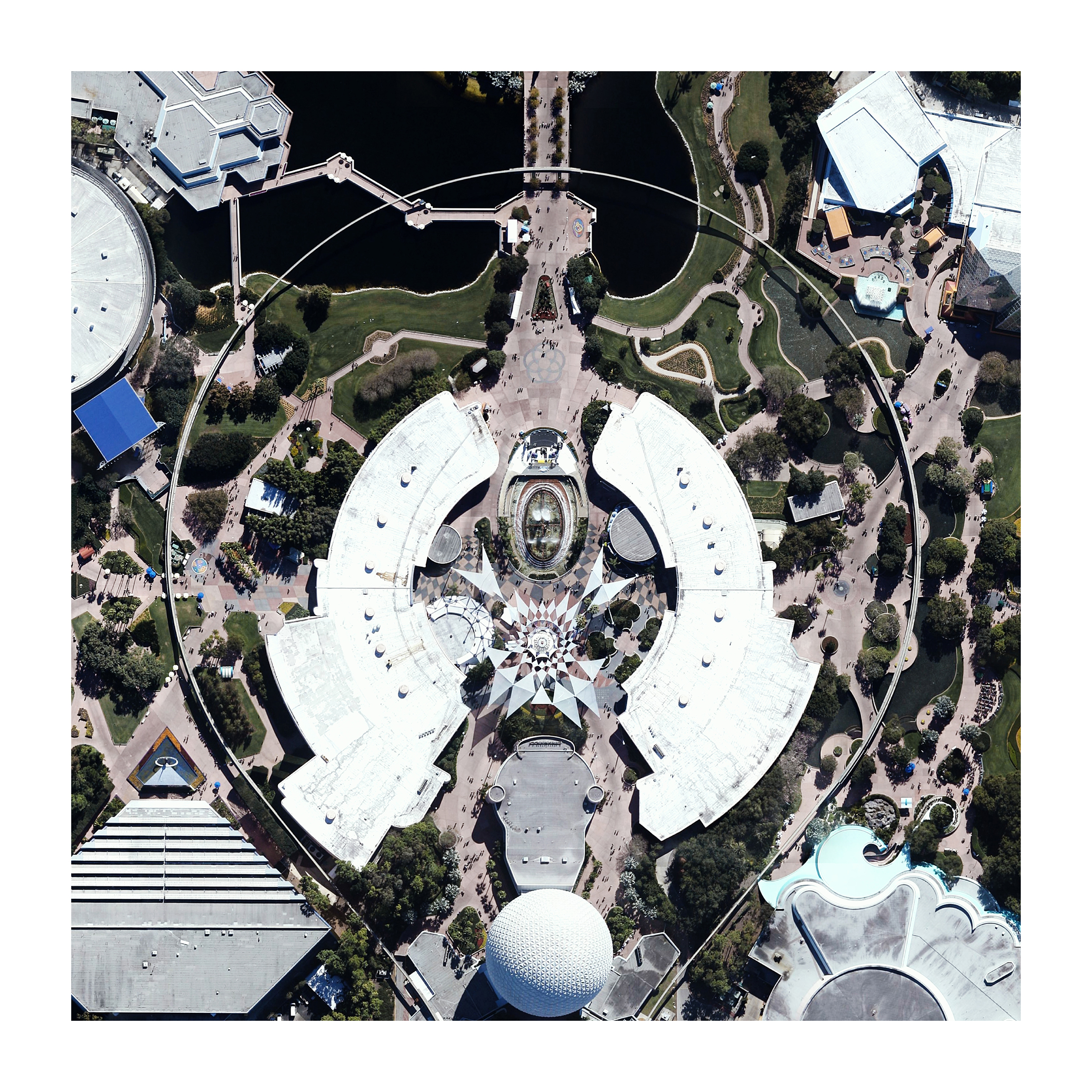
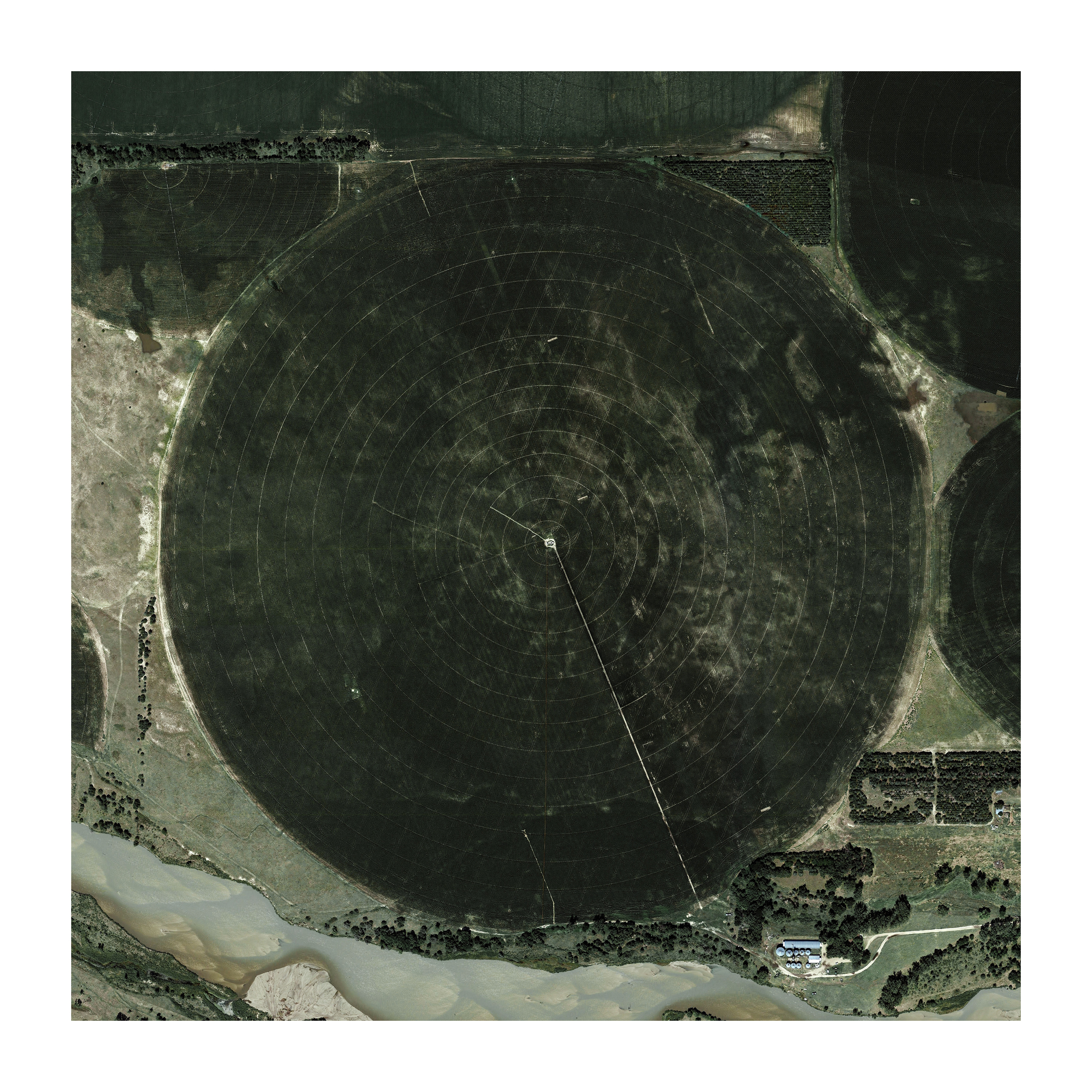
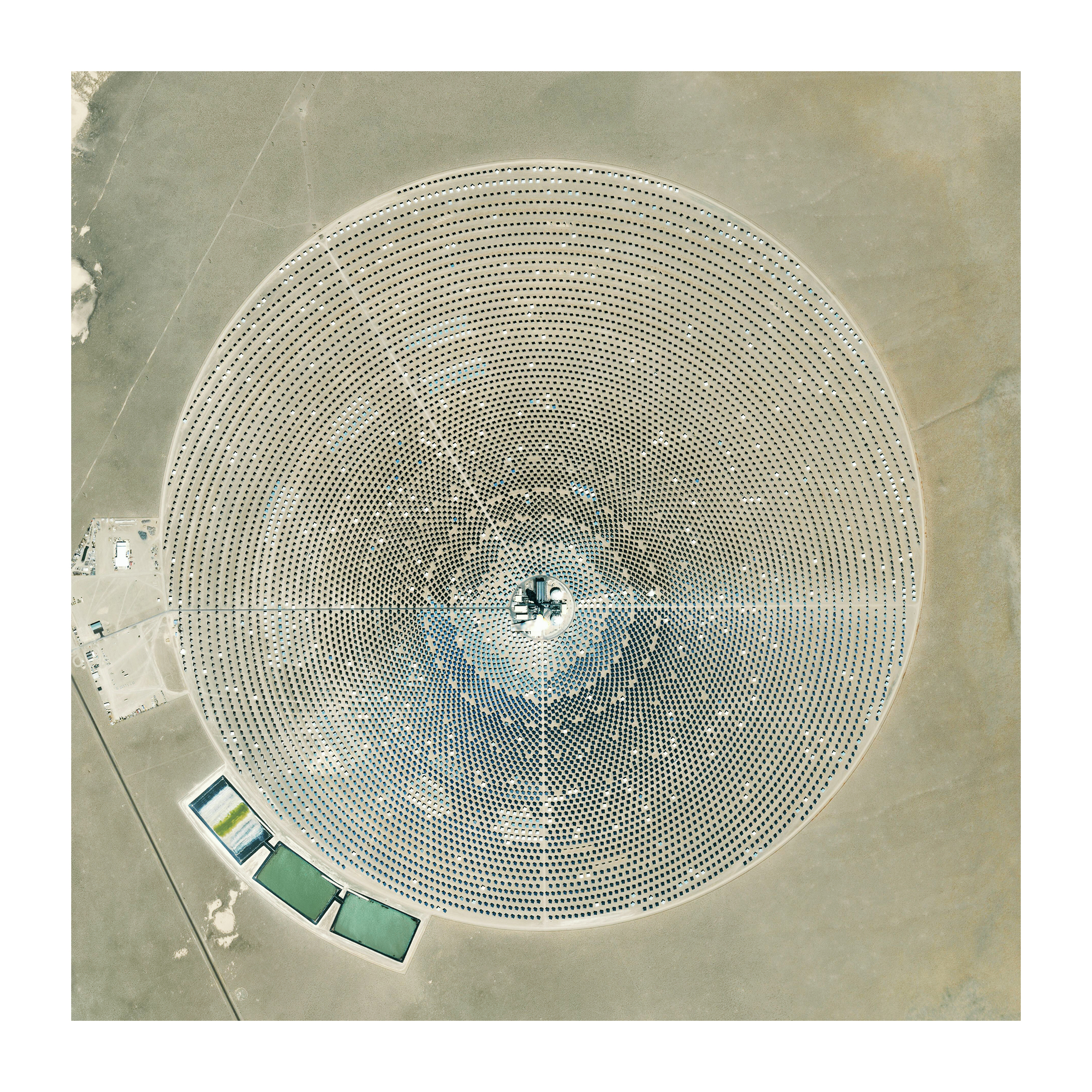
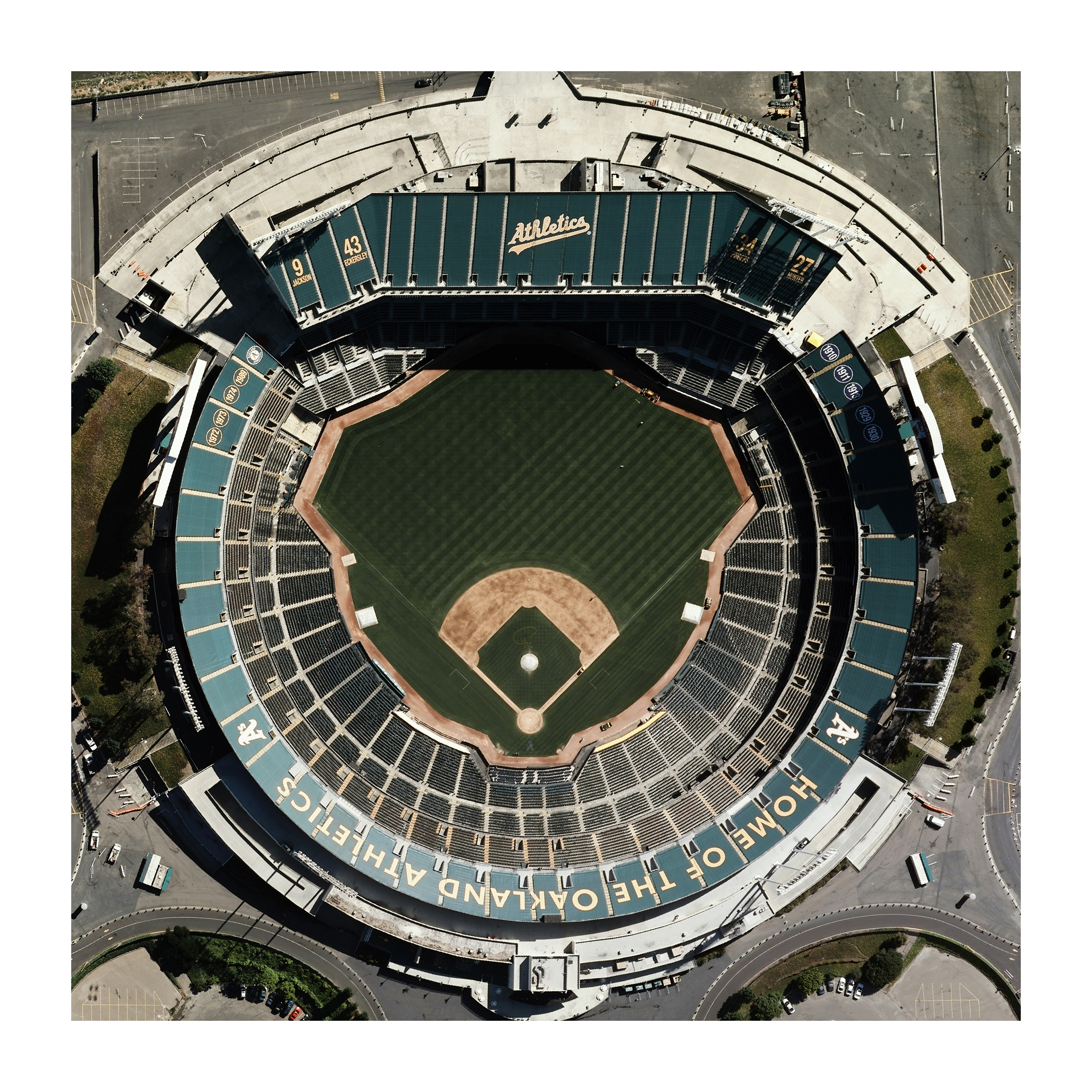
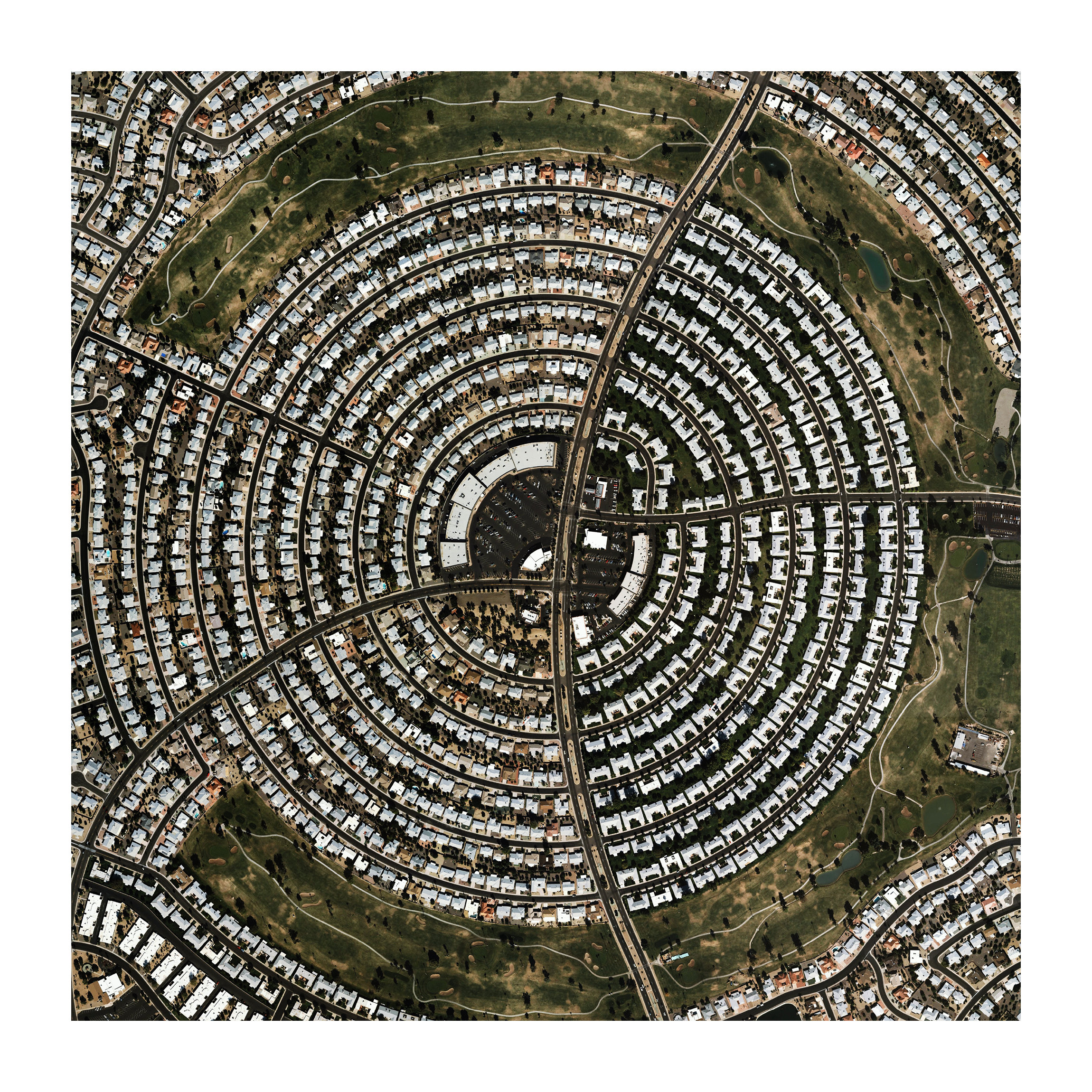
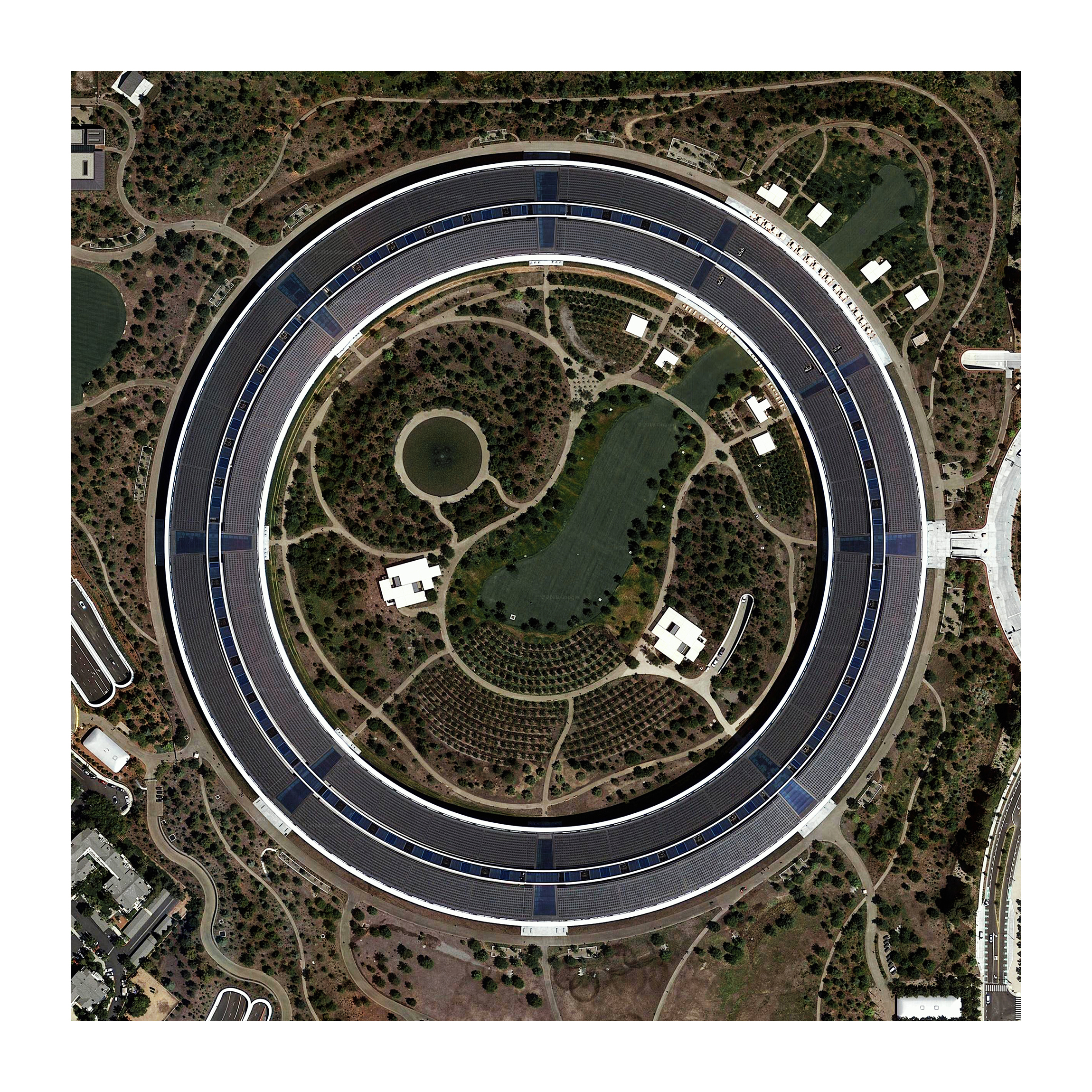
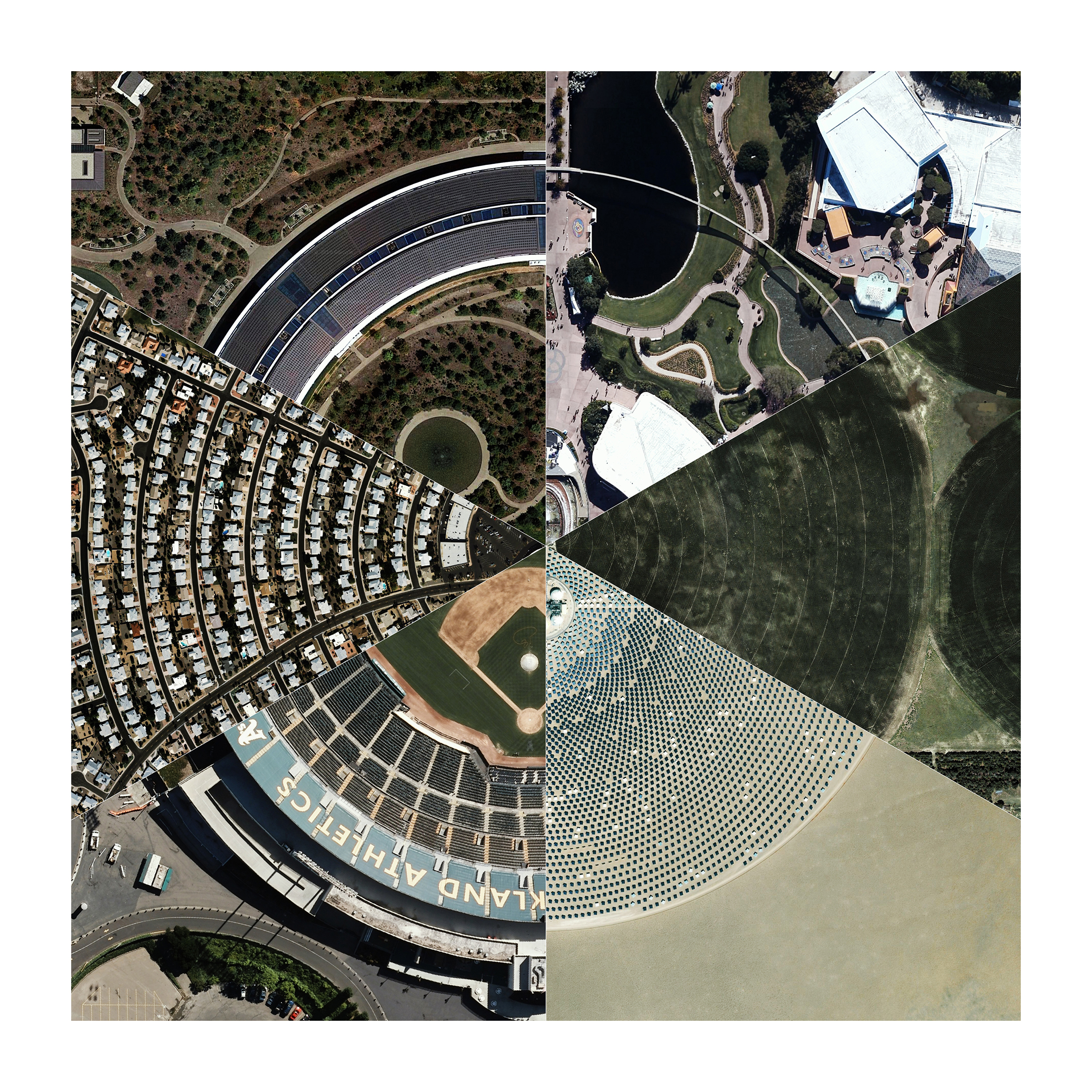
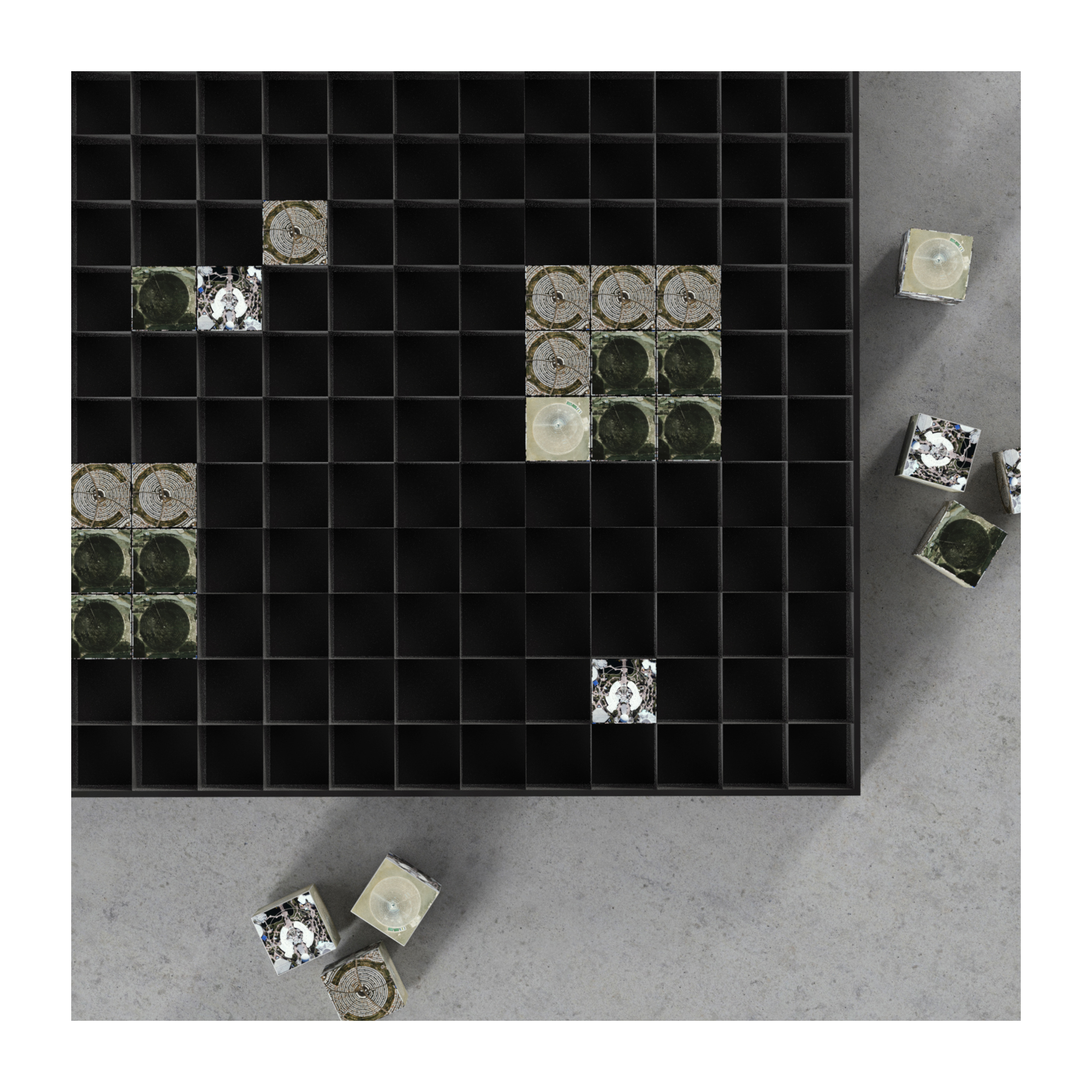
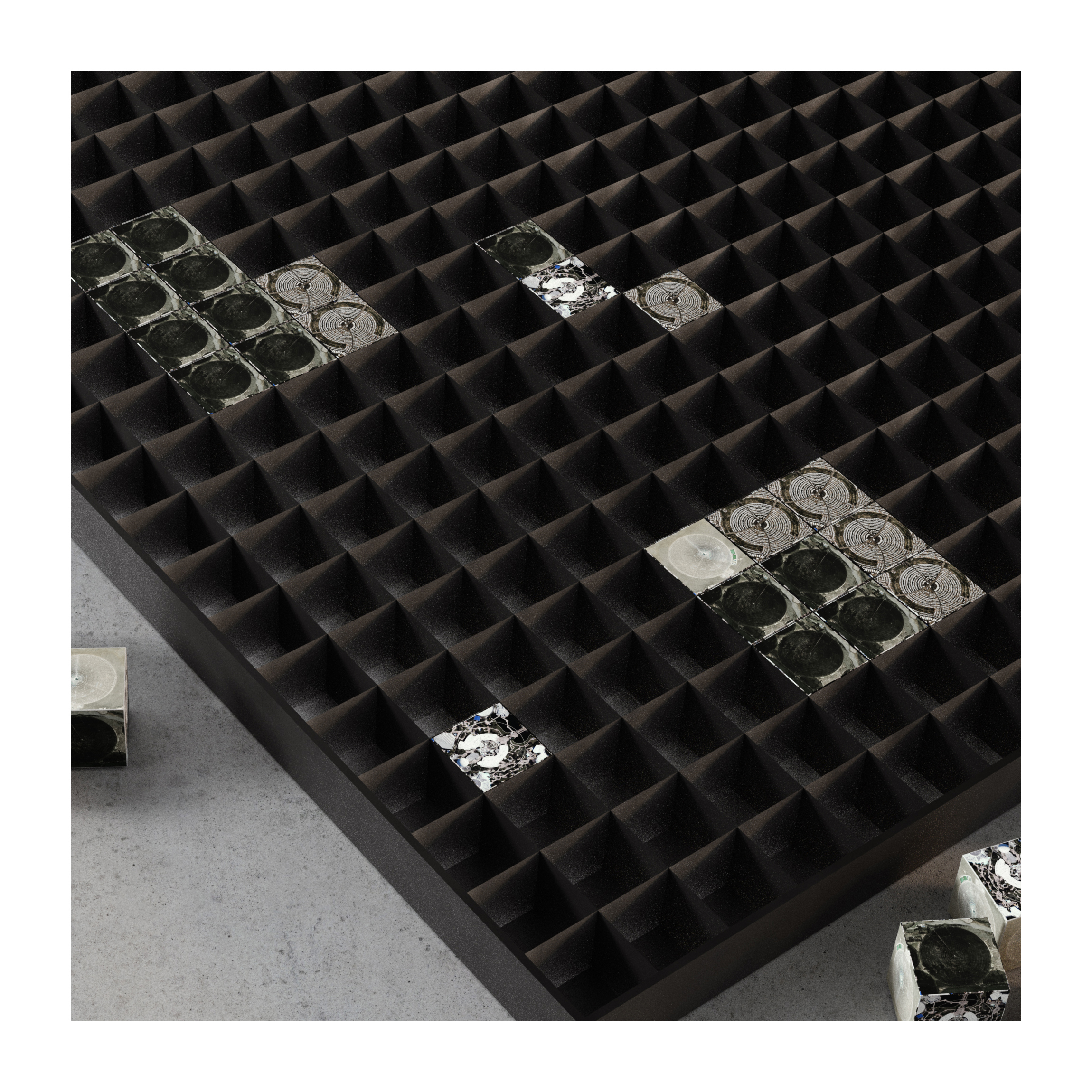
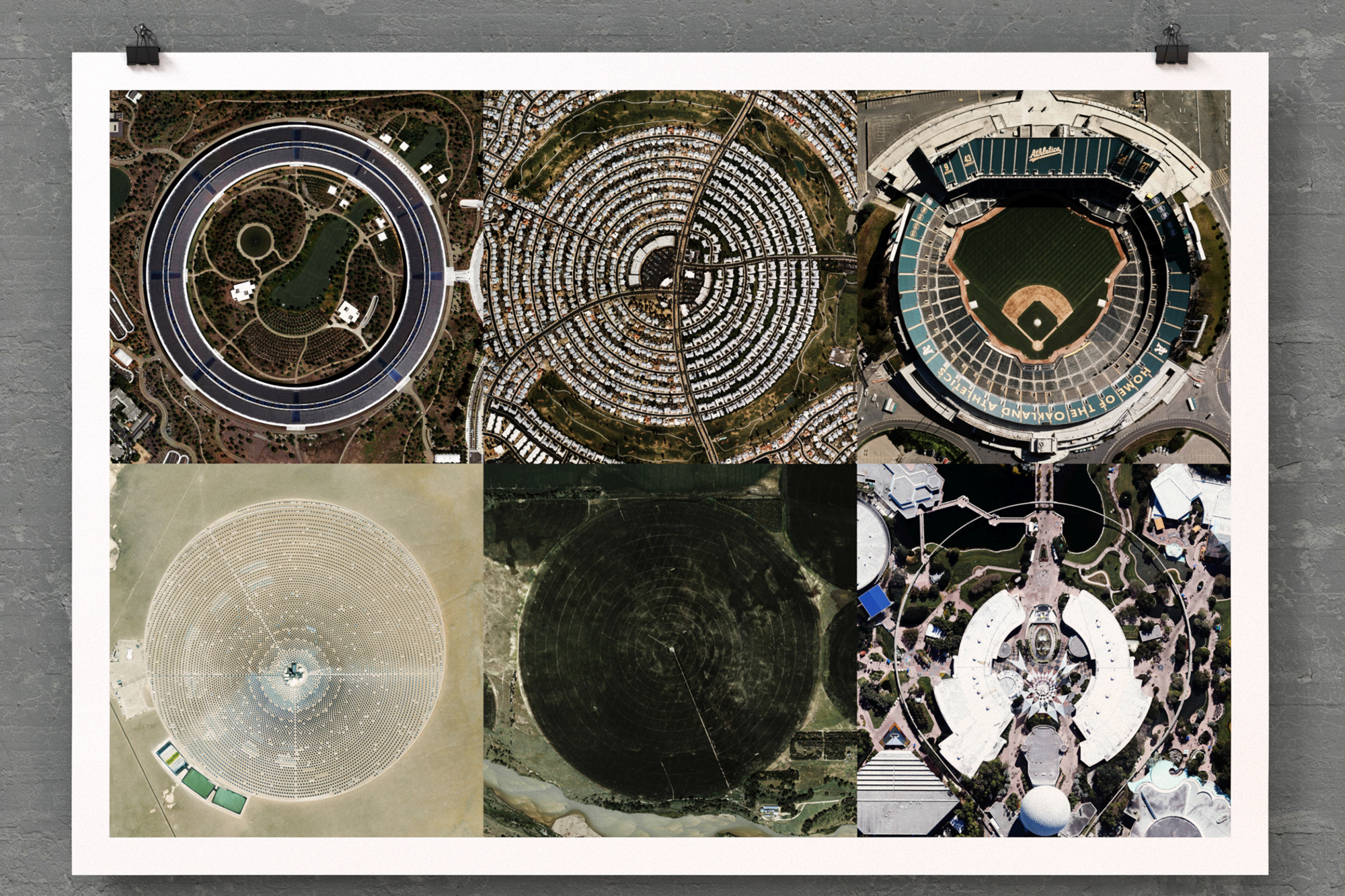
Lieu: USA
Text: Jean Baudrillard, America, 1986
Publié: Décembre 2018
Catégorie: Observation